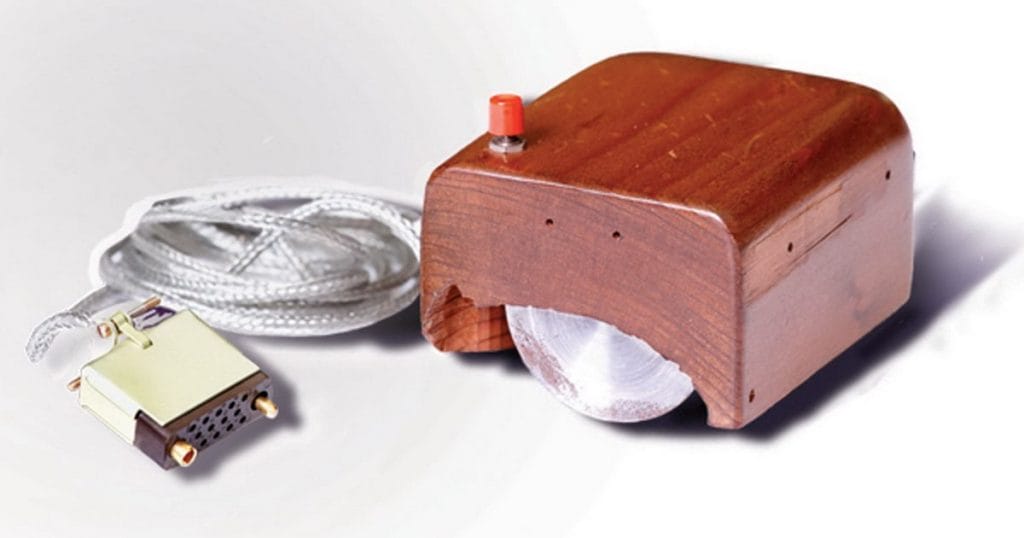A computer engineer, after release from the U.S. Navy in the late 1950s, English joined the staff of the Stanford Research Institute (now SRI International). In 1963, co-worker Douglas Engelbart (Honorary Unsubscribe, 7 July 2013) came up with a new way to interact with a computer, and English took his notes and created the first prototype: the two engineers called the device a “mouse”. The two apparently worked well together: he joined Engelbart in the lab he had created, SRI’s Augmentation Research Center, to work on more projects. When Engelbart put on “The Mother of All Demos” in 1968, English was tasked with figuring out how to connect Engelbart’s computer terminal in San Francisco with the lab’s computer system in Menlo Park, 30 miles (48 km) away, and how to transmit real-time audio and video between the two locations. “He was the guy who made everything happen,” says SRI colleague Bill Duvall. “If you told him something needed to be done, he figured out how to do it.”


In 1965, English led a NASA study to evaluate the best way to select a point on a computer display. Not surprisingly, the mouse won. In 1971, English moved to the newly formed (and now legendary) Palo Alto Research Center nearby to manage the Office Systems Research Group, and on the side designed an improvement for the mouse, replacing the X-Y axis wheels with a free-floating ball. He was inducted into SRI’s Hall of Fame in 2006 for “his accomplishments in helping define the earliest expressions of personal computing.” William Kirk English died July 26 in San Rafael, Calif., from respiratory failure. He was 91.
Note: The “Mother of All Demos” that English produced is viewable on Engelbart’s entry.
